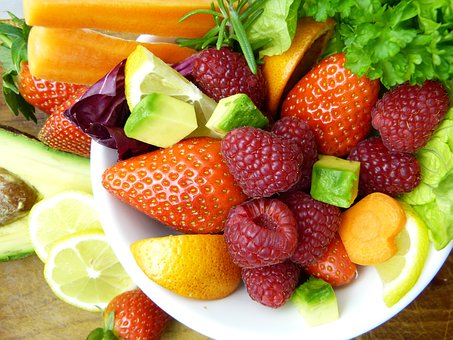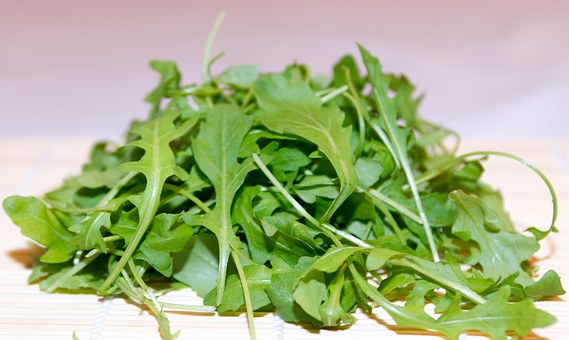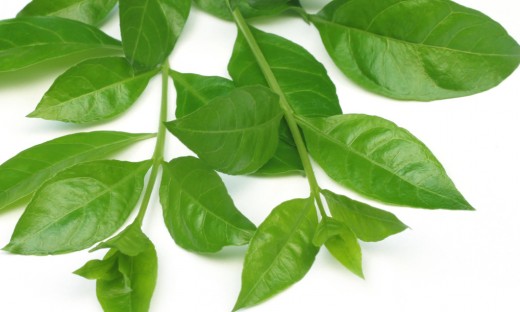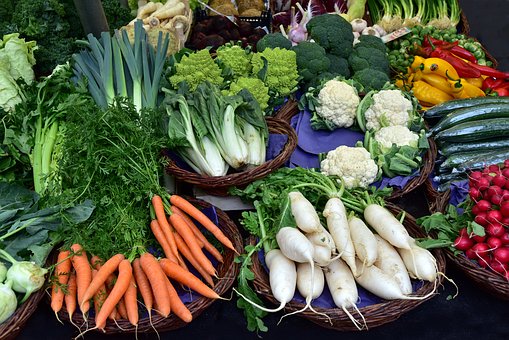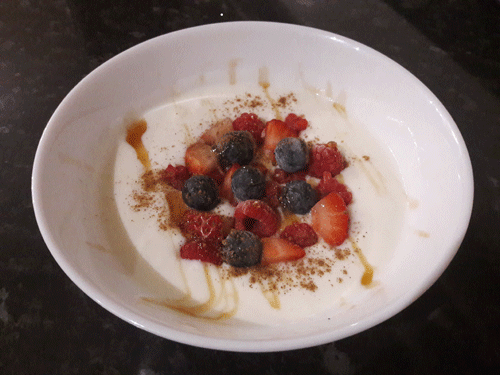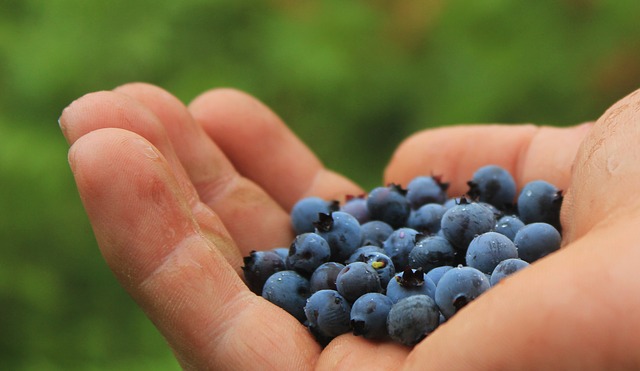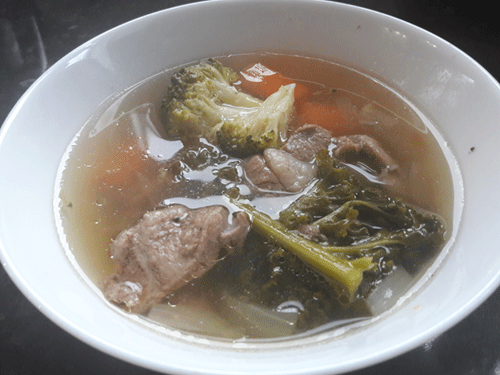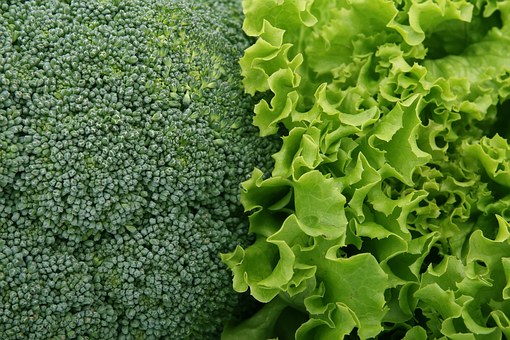Antioxidant, Antihyperglycemic, and Antihyperlipidemic Effects of Coriandrum Sativum Leaf and Stem in Alloxan-Induced Diabetic Rats
© Authored by PubMed
© HealthyMuslim. See Terms and Conditions
Copy Link
Email
Print

Coriander (Coriandrum sativum), also known as cilantro, Chinese parsley or dhania, is an annual herb in the family Apiaceae. Coriander is native to regions spanning from southern Europe and North Africa to southwestern Asia.
Sreelatha S, Inbavalli R. Antioxidant, Antihyperglycemic, and Antihyperlipidemic Effects of Coriandrum sativum Leaf and Stem in Alloxan-Induced Diabetic Rats. 1. J Food Sci. 2012 Jul;77(7):T119-23. doi: 10.1111/j.1750-3841.2012.02755.x. Epub 2012 Jun 1.
Sreelatha S, Inbavalli R. Antioxidant, Antihyperglycemic, and Antihyperlipidemic Effects of Coriandrum sativum Leaf and Stem in Alloxan-Induced Diabetic Rats. 1. J Food Sci. 2012 Jul;77(7):T119-23. doi: 10.1111/j.1750-3841.2012.02755.x. Epub 2012 Jun 1.
In India's indigenous system of medicine, Coriandrum sativum (CS), commonly used as a food ingredient, is claimed to be useful for various ailments. To establish its utility in Diabetes Mellitus, the present study evaluated the antidiabetic and antioxidant effects of CS in alloxan-induced diabetic rats. The extracts were shown to contain bioactive compounds including phenolics, flavonoids, steroids, and tannins. The extracts of CS in alloxan-induced diabetic rats were found to significantly lower blood glucose levels. Antidiabetic activity of the CS extracts was compared with the clinically available drug glibenclamide. The levels of serum total cholesterol, triglycerides, and low-density lipoprotein cholesterol were lower in the extract-treated group and high-density lipoprotein cholesterol was higher than the diabetic control rats. The extracts of CS exhibited strong scavenging effect on 2, 2-diphenyl-2-picrylhydrazyl free radical and inhibition of lipid peroxidation. The free radical scavenging effect of the extracts was comparable with that of the reference antioxidants. Furthermore, it also showed an improved antioxidant potential as evidenced by decreased lipid peroxidation and a significant increase in the activity of various antioxidant enzymes such as catalase, superoxide dismutase, and glutathione peroxidase in the liver of diabetic rats. These results indicate that the extracts could protect liver function and exhibited hypoglycemic, hypolipidemic, and antioxidant efficacies in the diabetic rats. These results support the use of this plant extract to manage Diabetes Mellitus. Practical Applications:? The leaves and stem of this plant Coriandrum sativum if used in cuisine would be a remedy for diabetes.
Link to this article: Show: HTML Link • Full Link • Short Link
Share or Bookmark this page: You will need to have an account with the selected service in order to post links or bookmark this page.





|
Related Articles:
- Anti-Inflammatory and Cytoprotective Effects of Selected Pakistani Medicinal Plants in Helicobacter Pylori-Infected Gastric Epithelial Cells
- Evaluation of Disease Modifying Activity of Coriandrum Sativum in Experimental Models
- Cardio Protective Effect of Coriandrum Sativum L. on Isoproterenol Induced Myocardial Necrosis in Rats
- Antifungal Activity, Toxicity and Chemical Composition of the Essential Oil of Coriandrum Sativum L. Fruits
- Assessment of Vitamin and Carotenoid Concentrations of Emerging Food Products: Edible Microgreens
- Flush Out Toxic Heavy Metals With Coriander
- Easy Carrot and Coriander Soup
- Coriander: A Beneficial Herb and Spice
You must be registered and logged in to comment.
Most Popular
Latest Articles
Popular Subjects
Health, fitness and longevity
Based upon the principles of health
in the Qur'an and Prophetic Traditions.
HealthyMuslim.Com
There are two bounties in which
most people lose out: good health
and free time. Al-Bukhari.
The information on this site is provided for educational purposes only. It is not intended as a substitute for professional advice of any kind.





